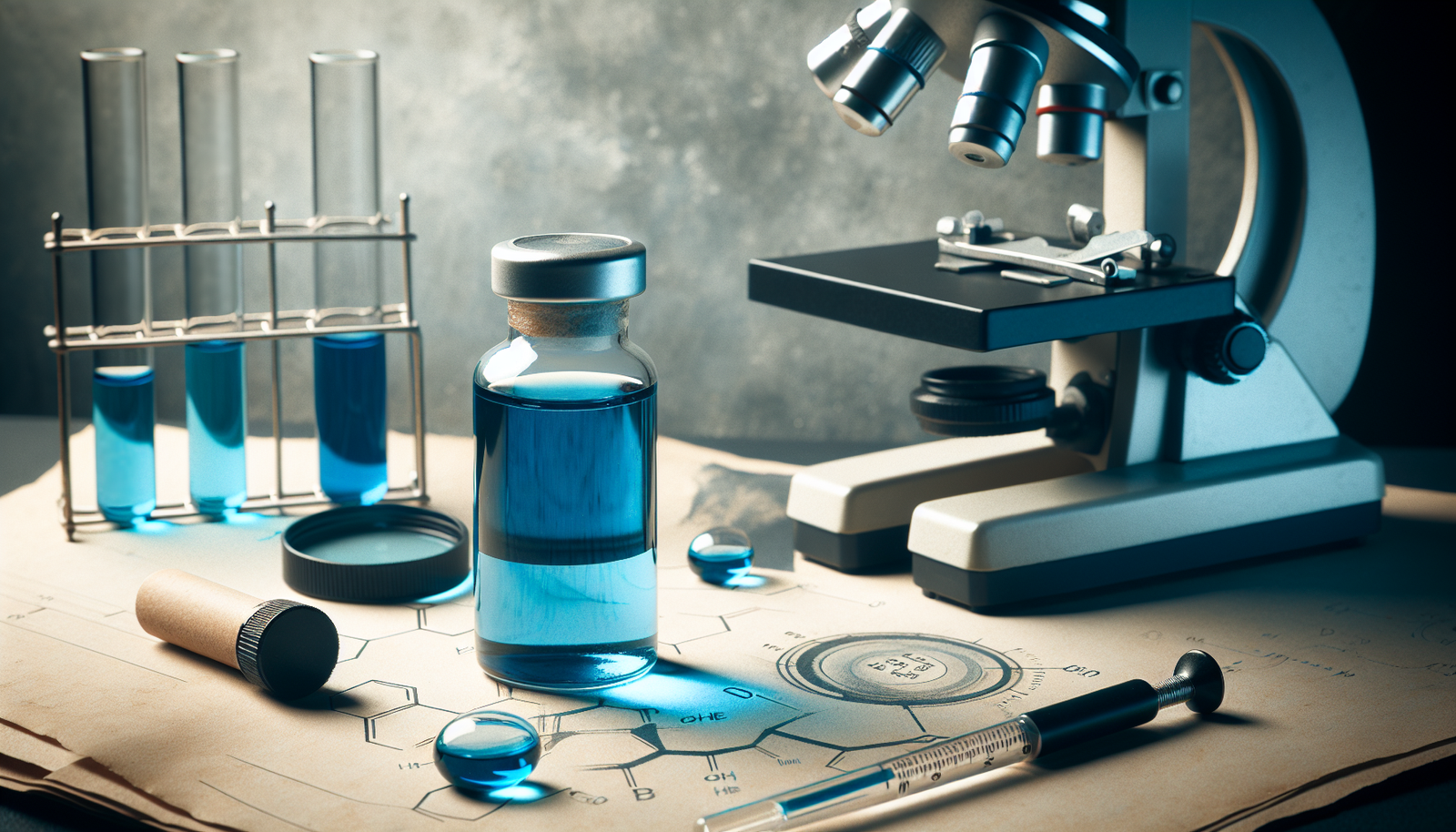
What role does methylene blue play in scientific research and practical applications? As a compound with intriguing properties, methylene blue is more than just a dye; it has found numerous applications across various fields of science. Below, we will explore the top ten applications of methylene blue, illustrating its versatility and significance.
1. Methylene Blue in Microbiology
Methylene blue has a rich history in microbiology, often utilized as a stain for highlighting cellular structures under a microscope.
1.1 Staining Techniques
In microbiology, the compound acts as a vital staining agent due to its ability to bind to nucleic acids. This interaction allows for the visualization of microorganisms, enabling researchers to identify various bacterial species. Using methylene blue, you can distinguish different cellular components, making it particularly evident in studies of bacterial morphology.
1.2 Antimicrobial Activity
Interestingly, methylene blue also exhibits antimicrobial properties. Studies have shown that it can inhibit bacterial growth in certain concentrations. This quality opens avenues for potential applications in disinfection protocols and therapeutic approaches against specific pathogens.
2. Methylene Blue in Medicine
Methylene blue has diverse medical applications, ranging from treatment to diagnostic purposes.
2.1 Treatment of Methemoglobinemia
One of the most recognized medical uses of methylene blue is in treating methemoglobinemia, a condition characterized by an abnormal level of methemoglobin in the blood. In this scenario, methylene blue acts as an effective reducing agent, converting methemoglobin back to hemoglobin.
2.2 Antidepressant Potential
Recent studies have indicated that methylene blue also has potential as an antidepressant. Research suggests that it may influence neurotransmitter systems, providing a new avenue for the exploration of mental health treatments.
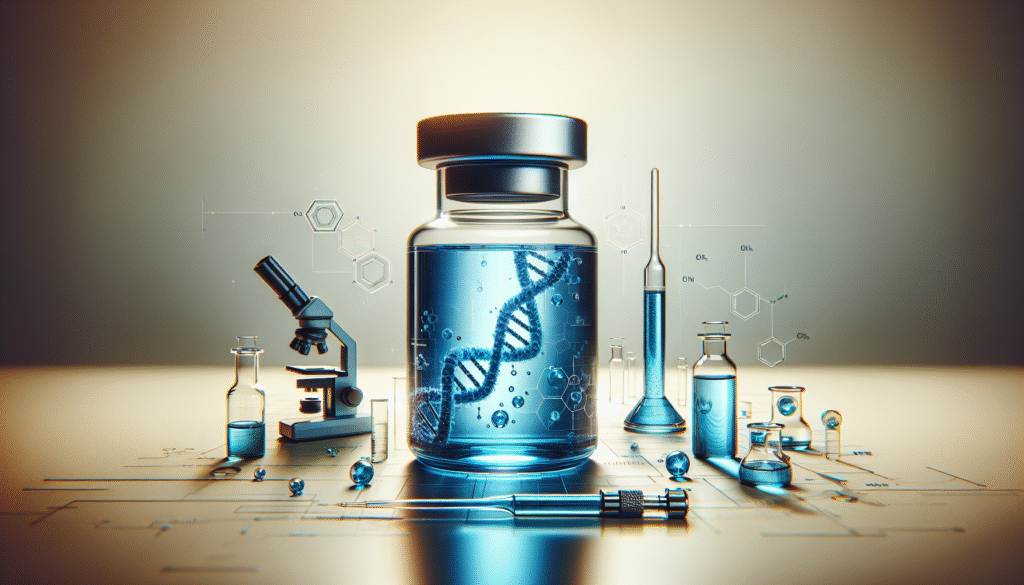
3. Methylene Blue in Chemistry
In the realm of chemistry, methylene blue is indispensable for various applications that enhance scientific understanding.
3.1 Redox Indicator
Methylene blue serves as a redox indicator in biochemical experiments. By changing color based on the oxidation state, you can visually track changes in a chemical reaction. This property proves useful in teaching fundamental concepts of oxidation-reduction reactions in chemistry courses.
3.2 Photodynamic Therapy
The potential of methylene blue in photodynamic therapy (PDT) is another compelling application. In this context, the compound can sensitize cells to light exposure, generating reactive oxygen species that can lead to targeted cell death, particularly in cancerous cells. Understanding this mechanism can open new frontiers in cancer treatment.
4. Methylene Blue in Environmental Science
Methylene blue’s role extends beyond laboratory applications, impacting environmental science and ecology.
4.1 Water Quality Indicator
In environmental studies, methylene blue can be used as a dye to assess water quality. It enables researchers to track water pollution levels by monitoring the degradation of the dye in aquatic environments, forming a basis for improving water management practices.
4.2 Photodegradation Studies
The stability and degradation rates of methylene blue in sunlight also provide valuable information regarding environmental pollutants. By studying how this compound breaks down, you can gain insights into the behavior of similar dyes and compounds in natural water systems.

5. Methylene Blue in Neuroscience
The implications of methylene blue in neuroscience are increasingly notable, as it interacts with neurological processes.
5.1 Cognitive Enhancement
Recent research indicates that methylene blue may enhance cognitive function. Its properties are thought to improve mitochondrial function and reduce oxidative stress, which is critical for neuronal health. Understanding these mechanisms can lead to breakthroughs in neuroprotective therapies.
5.2 Neurodegenerative Disease Research
The compound has also been identified as a potential therapeutic agent in neurodegenerative diseases like Alzheimer’s. By studying its effects on amyloid-beta aggregation, you might uncover avenues for treating or preventing disorders that currently elude effective medical intervention.
6. Methylene Blue in Forensic Science
Methylene blue holds a unique position in forensic applications, primarily for its staining capacities.
6.1 Bloodstain Visualization
In forensic science, the ability of methylene blue to enhance the visibility of bloodstains is invaluable. This property assists investigators in identifying and analyzing stain patterns at crime scenes, facilitating accurate assessments necessary for legal proceedings.
6.2 DNA Detection
Moreover, the compound can also stain DNA, aiding forensic experts in various applications, including the detection of genetic material in crime victim analysis or suspect identification.
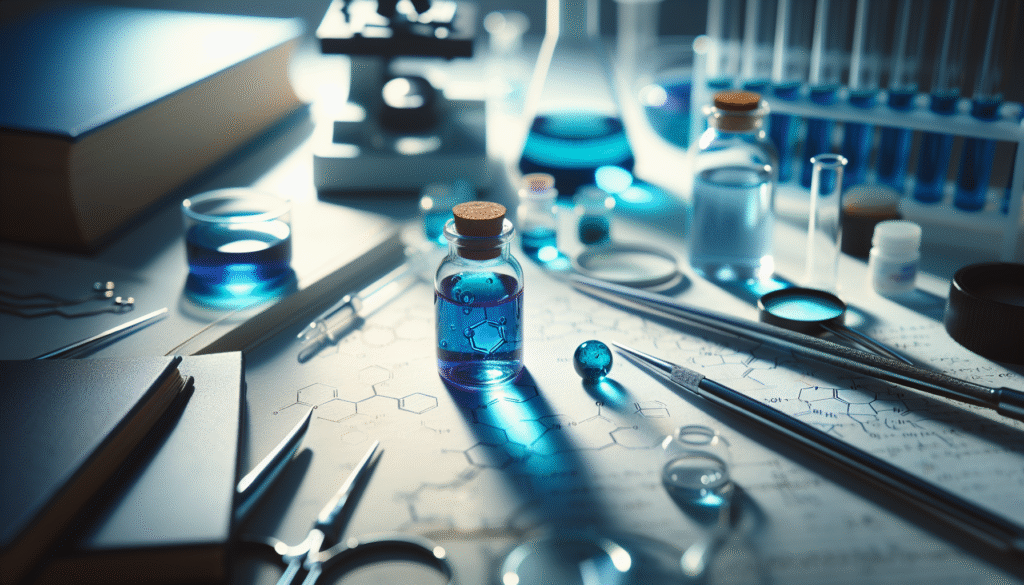
7. Methylene Blue in Agriculture
In agriculture, methylene blue’s role might not be immediately apparent but is growing in importance.
7.1 Soil Health Monitoring
Methylene blue can be used in studies assessing soil health. Specifically, its application allows researchers to analyze microbial activity in soil samples, leading to better agricultural practices and improved crop yield.
7.2 Plant Physiology Studies
Additionally, it may be applied in studies of plant physiology, helping to visualize root and leaf structures under varying conditions. Understanding these dynamics can contribute significantly to agricultural advancements.
8. Methylene Blue in Art and History
The vibrant color of methylene blue has intrigued artists and historians alike.
8.1 Blue Dye in Art
Throughout history, methylene blue has found applications as a dye in textiles and painting. Its rich color has been employed to create vivid artworks, providing insights into color chemistry and its cultural implications.
8.2 Preservation of Historical Artifacts
In art restoration, methylene blue can serve as a tool for cleaning and preserving historical artifacts. Understanding how to use this compound effectively ensures that invaluable cultural heritage is maintained for future generations.
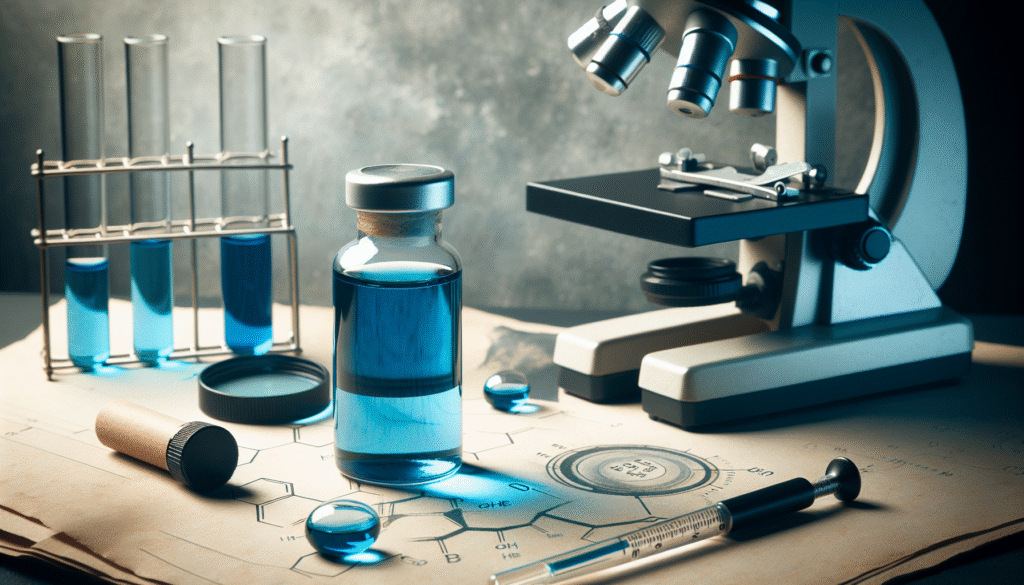
9. Methylene Blue in Biotechnology
Biotechnology is another field where methylene blue shows promising potential.
9.1 Biological Marker
As a biological marker, methylene blue can be employed in various experiments to track processes such as cellular respiration or drug delivery mechanisms. This application aids in understanding the intricate workings of biological systems.
9.2 Genetic Research
In genetic research, methylene blue can also stain RNA, facilitating processes such as gel electrophoresis, which is essential for analyzing genetic material. This technique is fundamental in fields like genetics and genomics.
10. Methylene Blue in Industry
The industrial applications of methylene blue further exemplify its versatility.
10.1 Dyeing Processes
In industry, methylene blue is predominantly used as a dye in various products, such as textiles, plastics, and paper. Understanding the properties of this compound can improve dyeing processes and lead to innovations in material science.
10.2 Chemical Synthesis
Furthermore, methylene blue plays a role in the synthesis of other chemicals. Its ability to function as a reagent is valuable in the development of new materials with diverse applications.
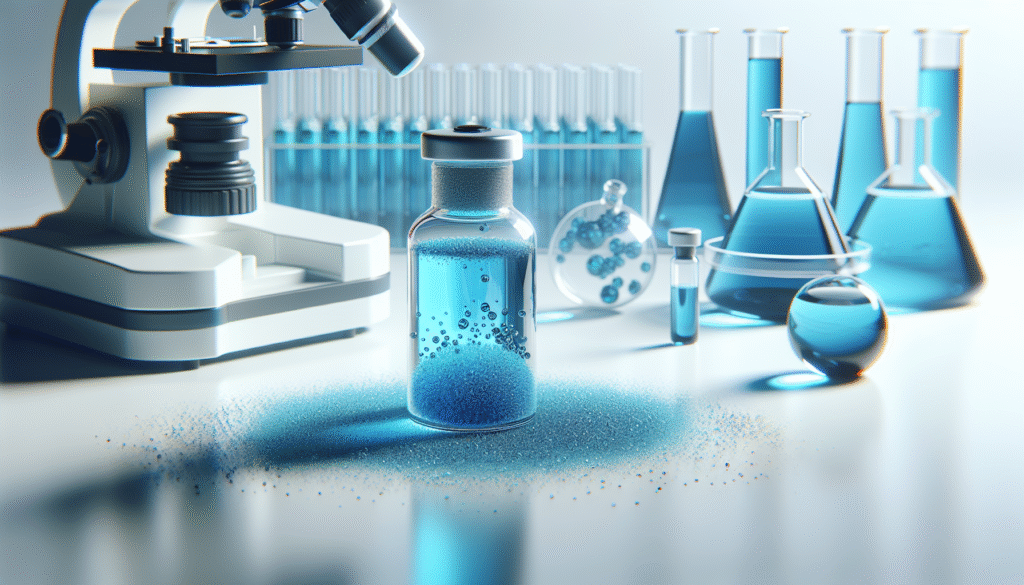
Conclusion
Methylene blue is a remarkable compound whose applications span a wide array of scientific and practical fields. From its beginnings in microbiology and medicine to its industrial usages, this compound continues to have a profound impact on scientific research and discovery. You should consider its implications carefully, as they can lead to new innovations and advancements that improve our understanding of the world around us.
By recognizing the diverse applications of methylene blue, you can appreciate its role in advancing knowledge across disciplines. Whether it be in the laboratories of microbiologists, the clinics of physicians, or the studios of artists, methylene blue has secured its place in the annals of science and beyond.